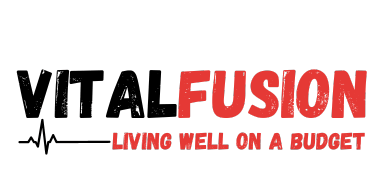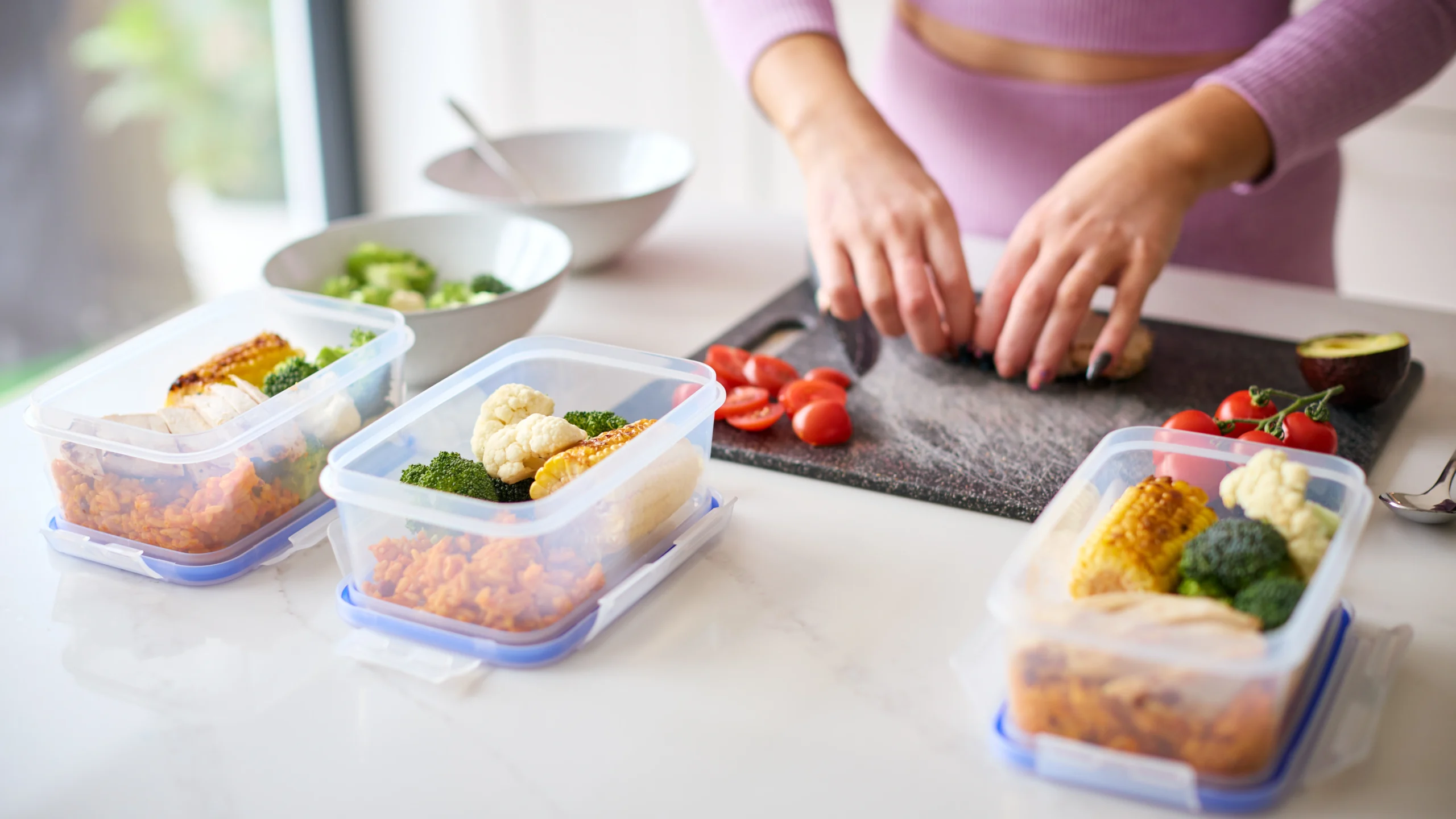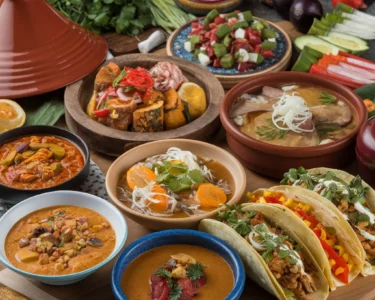Are you tired of spending hours in the kitchen every day? Or perhaps you’re noticing your grocery bills creeping up higher and higher? Meal prepping is a fantastic solution to both of these problems. Here are five easy meal prep ideas that will save you time and money while keeping your meals delicious and satisfying.
Table of Contents
1. One-Pan Chicken and Veggies
This meal is not only easy to prepare but also involves minimal cleanup. You can use any combination of chicken, potatoes, and seasonal vegetables.
- Ingredients: Chicken breasts, bell peppers, zucchini, olive oil, garlic powder, salt, and pepper.
- Instructions:
- Preheat your oven to 400°F (200°C).
- Cut the veggies and chicken into bite-sized pieces.
- Toss everything in olive oil and seasonings.
- Spread evenly on a baking sheet and roast for 25-30 minutes.
This dish can serve as a base for multiple meals throughout the week and is flexible based on what you enjoy. Not only does this save time, but buying ingredients in bulk helps lower costs.
2. Quinoa Salad Jars
Preparing salads in mason jars is a creative and efficient way to meal prep. It keeps everything fresh and visually appealing.
- Base Ingredients: Quinoa, cucumbers, cherry tomatoes, chickpeas, and your favorite dressing.
- Instructions:
- Cook quinoa according to the package instructions and let it cool.
- Layer the jar: start with dressing at the bottom, then quinoa, followed by veggies, and top with chickpeas.
- Seal jars tightly and store them in the fridge.
You can grab a jar for lunch, and it makes a delicious meal that can stay fresh for several days. Using dry ingredients like quinoa also helps save money.
3. Freezer-Friendly Breakfast Burritos
Breakfast is a meal that can become hectic during a busy week. These burritos can be made ahead of time and frozen.
- Ingredients: Tortillas, scrambled eggs, cheese, bell peppers, and salsa.
- Instructions:
- Scramble the eggs and sauté the veggies until soft.
- Lay out tortillas and fill each with egg, cheese, and a spoonful of salsa.
- Wrap and place in the freezer.
In the morning, simply microwave one for a quick, nutritious meal. Making multiple batches can significantly cut costs compared to eating out.
4. Batch-Cooked Pasta Dishes
Pasta is a versatile meal option that allows you to switch up flavors while sticking to budget-friendly staples.
- Base Ingredients: Whole grain pasta, canned tomatoes, spinach, ground turkey or beef, and spices.
- Instructions:
- Cook pasta according to package instructions.
- In a separate pan, brown the meat with spices, then add canned tomatoes and spinach.
- Mix the pasta with the sauce and portion into containers.
This meal is filling and can be reheated easily throughout the week. Additionally, you can buy dried pasta in bulk to enhance your savings.
5. Overnight Oats
For a no-cook breakfast option, overnight oats are a lifesaver. You can prepare them in minutes, and they are super nutritious.
- Ingredients: Oats, milk (or dairy alternative), yogurt, chia seeds, and your favorite fruits.
- Instructions:
- In a jar, mix oats, milk, and yogurt.
- Add chia seeds and mix in pieces of fruit.
- Seal the jar and place it in the fridge overnight.
In the morning, you’ll have a tasty breakfast ready to go! Making a week’s worth of jars at once is efficient and cost-effective.
By incorporating these easy meal prep ideas into your routine, you’ll free up time for what really matters while keeping your grocery bills manageable. For further tips and recipes, check out Meal Prep and Eat Well 101.
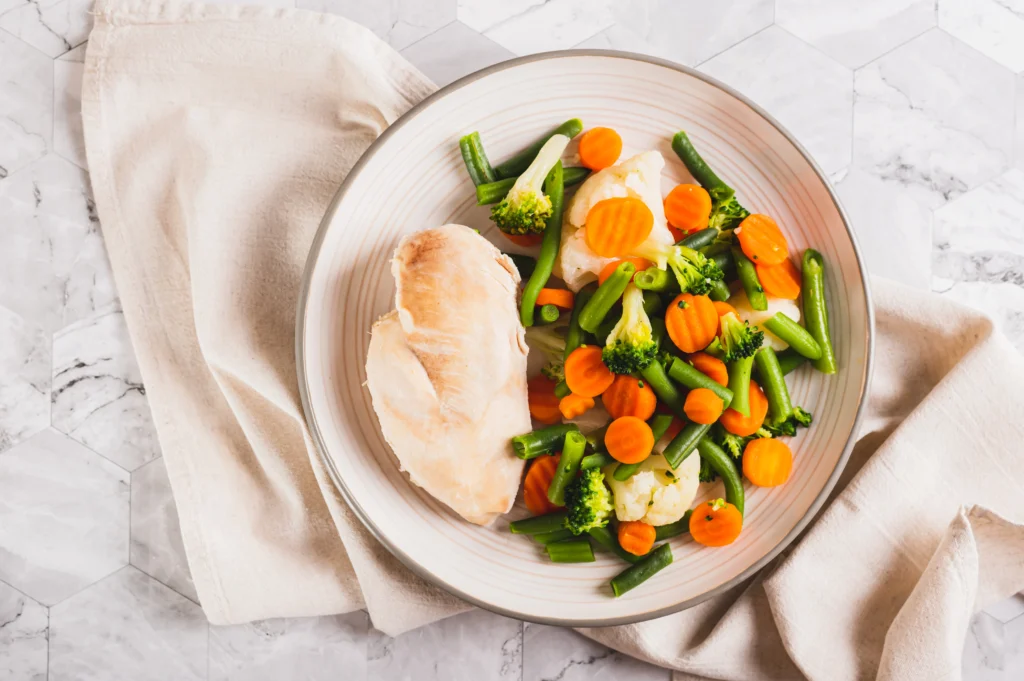
The Health Benefits of Meal Prepping
Meal prepping is more than just a trend; it’s a lifestyle choice that can lead to numerous health benefits. When you take the time to plan and prepare meals in advance, you not only save time and money—but also pave the way for better nutrition. Let’s explore the health benefits that meal prepping can offer you.
Improved Nutritional Intake
When you prepare meals in advance, you gain better control over what you eat. This practice encourages you to:
- Choose whole, unprocessed foods
- Incorporate a variety of fruits and vegetables
- Monitor portion sizes
By focusing on nutrition, you can create meals that are well-balanced and packed with essential nutrients, helping to boost your overall health.
Weight Management
If you’re aiming to lose or maintain weight, meal prepping can be a game changer. Here’s how it helps:
- Portion Control: By preparing measured portions in advance, you’re less likely to overeat.
- Healthy Choices: With healthy options always on hand, it’s easier to avoid unhealthy snacks.
- Less Mindless Eating: Planning meals means you make conscious choices rather than grabbing whatever is available.
These advantages can lead to sustainable weight management over time.
Reduced Stress
Meal prepping eliminates the daily stress of deciding what to eat. Knowing that your meals are ready allows you to:
- Focus on other tasks during the week
- Spend more time on activities you enjoy
- Feel a sense of accomplishment every time you open the fridge
This reduction in daily stress can positively impact your mental health and well-being.
Time and Money Savings
By preparing meals in bulk, you can save both time and money. Here’s how:
- Buying in Bulk: Purchase groceries in larger quantities to take advantage of discounts.
- Minimize Wastage: Use all ingredients efficiently to avoid food waste.
- Time-Efficient: Cooking in batches takes less time than preparing separate meals each day.
By investing a few hours into meal prepping each week, you can free up valuable time during hectic weekdays, allowing you to focus on other responsibilities.
Increased Variety in Diet
One common pitfall of unhealthy eating is routine. Meal prepping encourages you to try new recipes and incorporate diverse ingredients. This variety can lead to:
- Broader nutrient intake
- A more enjoyable eating experience
- Discovery of new favorite meals and flavors
With a little creativity, you can switch up your meals weekly or even daily, keeping your diet fresh and exciting.
Boosted Energy Levels
Consistent, nutritious meals help maintain energy levels throughout the day. By avoiding high-sugar, processed foods, you can:
- Stabilize blood sugar, leading to fewer energy crashes
- Improve concentration and focus by fueling your body with the right nutrients
Meal prepping ensures you’re giving your body what it needs, allowing you to feel your best daily.
For additional resources and tips on meal prepping, consider visiting Eating Well or Verywell Fit.
The health benefits of meal prepping are profound. From improved nutrition and weight management to reduced stress levels and increased variety in your diet, the advantages are clear. By investing in preparation, you nurture your body and mind, setting the stage for a healthier lifestyle.
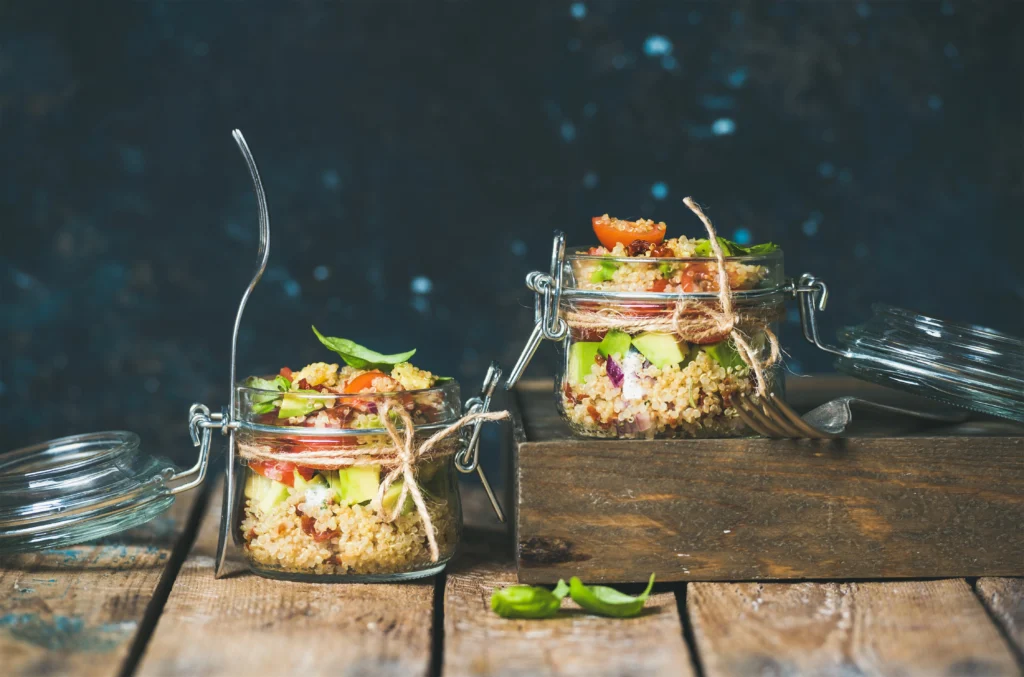
Essential Tools and Containers for Successful Meal Prep
Meal prepping can be a game-changer for anyone looking to save time and money while enjoying delicious homemade meals. To make your meal prep experience efficient and enjoyable, having the right tools and containers at your disposal is key. Here are some essential items that can help streamline your meal planning efforts.
Cutting Tools
Having sharp cutting tools is vital for effective meal prep. Consider investing in:
- Chef’s Knife: A versatile knife is essential for chopping vegetables, slicing meats, and more.
- Cutting Boards: Use different boards for meats and vegetables to avoid cross-contamination. A sturdy plastic or bamboo board will work well.
Storage Containers
Storage containers play a crucial role in your meal prep. They keep your food fresh and make it easy to grab meals on the go. Look for the following:
- Glass Containers: These are ideal for reheating meals in the oven or microwave. They are durable and do not absorb odors.
- Plastic Containers: While they are lightweight and often less expensive, be sure to choose BPA-free options for safety.
- Meal Prep Bento Boxes: These compartmentalized boxes are perfect for portion control and separating different food items.
Measuring Tools
Accurate measurements can improve your meal recipe results. Consider these helpful measuring tools:
- Measuring Cups: A set with different sizes is essential for liquid and dry ingredients.
- Measuring Spoons: Perfect for herbs and spices, these will help you season your meals just right.
- Food Scale: A digital scale can help you maintain portion sizes, especially if you follow specific dietary guidelines.
Cooking Appliances
Investing in the right kitchen appliances can enhance your meal prep experience:
- Slow Cooker: This appliance allows you to cook meals while you’re busy, ensuring you come home to a warm, delicious dinner.
- Instant Pot: This multi-functional gadget can pressure cook, steam, sauté, and more, reducing your cooking time significantly.
- Blender: Perfect for smoothies, soups, and sauces, a high-quality blender will make your meal prep more versatile.
Labeling Tools
Keeping track of your meals is easier when you can see what’s inside your containers. Labeling is essential:
- Label Maker or Labels: Use a label maker or pre-made labels to mark your containers with dates and contents. It helps avoid waste and confusion.
- Dry Erase Markers: Some people prefer to write directly on their containers using dry-erase markers, which can be easily wiped off.
Dishwasher-Safe Options
Many meal prep items can go through the dishwasher, making cleanup a breeze. Look for containers and tools that specify dishwasher-safe for convenience.
Organizational Tools
Keeping your meal prep area organized can save you time during the week. Use these items to enhance your setup:
- Spice Rack: An organized spice rack lets you easily find what you need when preparing meals.
- Stackable Containers: These will save space on your shelves and in the fridge, allowing for better organization.
On your journey towards efficient meal prep, consider browsing specialized websites for more information. Resources like [Meal Prep on a Budget](https://www.mealpreponabudget.com) and [Fit Foodie Finds](https://fitfoodiefinds.com) offer a wealth of tips and tricks.
| Tool | Purpose |
|---|---|
| Chef’s Knife | Chopping and slicing various foods |
| Glass Containers | Storage and reheating meals |
| Measuring Cups | Accurate ingredient measurement |
| Slow Cooker | Cooking meals with minimal effort |
By investing in these essential tools and containers for successful meal prep, you can not only save time in the kitchen but also cut down on costs. Proper preparation allows you to enjoy healthy meals throughout the week, keeping you on track with your nutrition goals.
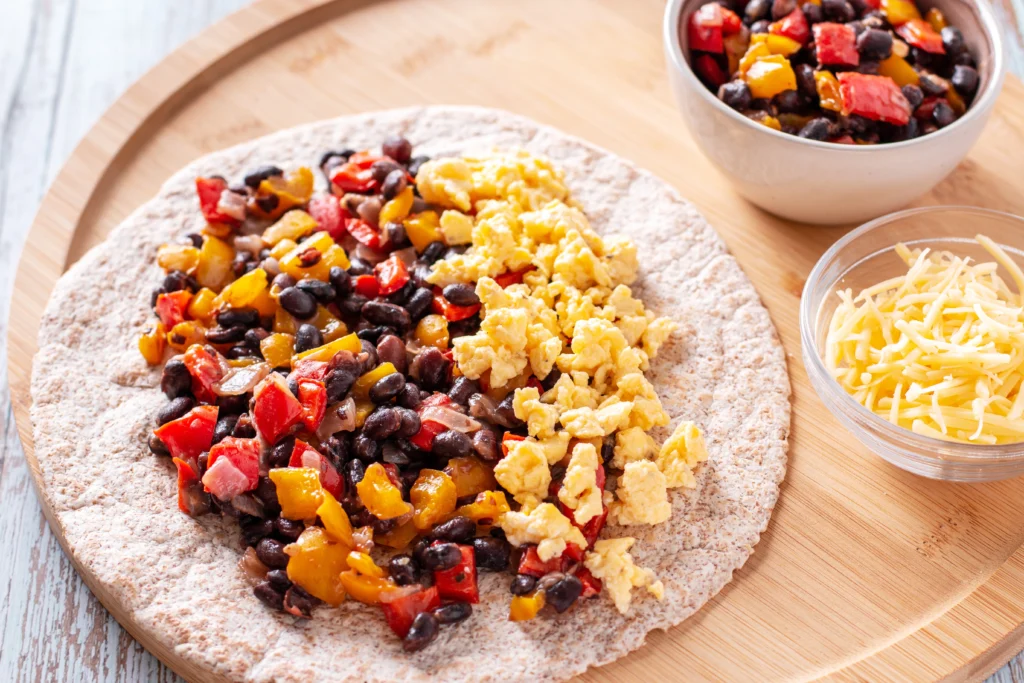
How to Plan Your Weekly Meals Efficiently
Planning your weekly meals efficiently can dramatically reduce stress and improve your eating habits. Not only does it save time during the busy weekdays, but it can also keep your food budget in check. Follow these effective strategies to take control of your meal planning and make the most out of your week.
Set a Day for Planning
Choosing a specific day each week to plan your meals is essential. Ideally, pick a day when you have some extra time, like Sunday. This way, you can leisurely plan your meals for the upcoming week. Write down what you want to cook, making sure to consider any events or activities that may affect meal times.
Choose Your Recipes
When selecting recipes, aim for a mix of variety and convenience. Choose meals that are easy to prepare and can potentially share ingredients to minimize waste. Here are some tips for selecting recipes:
- Focus on seasonal ingredients: They are usually cheaper and fresher.
- Consider your schedule: Choose recipes that match your time availability during the week.
- Repurpose meals: Cook a large batch of one item that can be used in different dishes.
Create a Detailed Shopping List
Once you have your recipes ready, generate a comprehensive shopping list. Break it down by department to make your grocery shopping more efficient. Here’s a quick outline of how to structure your list:
| Category | Items |
|---|---|
| Produce | Carrots, broccoli, spinach |
| Proteins | Chicken, beans, eggs |
| Grains | Rice, pasta, quinoa |
| Dairy | Milk, yogurt, cheese |
Using a well-organized shopping list can help reduce impulse buys and keep your budget in check.
Prep Ahead of Time
Meal prepping is one of the best ways to save time during the week. Spend a few hours on the day you plan your meals, focusing on these essential tasks:
- Chop vegetables: Pre-cut any veggies you’ll need for the week.
- Cook grains: Prepare rice, quinoa, or other grains in bulk.
- Marinate proteins: Marinating chicken or tofu during meal prep can enhance flavor.
Store everything in clear, labeled containers. This makes it easier to grab what you need during the week.
Utilize Your Freezer
Your freezer is a fantastic tool for meal planning. Many dishes freeze well and can be stored for later use. Consider these options:
- Batch cooking: Prepare larger quantities of meals and freeze leftovers.
- Freezable snacks: Items like muffins or energy bites can be made ahead and frozen for easy access.
- Soups and stews: These dishes often taste better after being frozen, as flavors meld over time.
Label each item clearly with the name and date so you can track what’s in your freezer easily.
Make Use of Technology
Many apps and websites can aid in planning your meals. Here are a few that streamline the process:
- Mealime: This app helps tailor meal plans to your dietary preferences.
- Yummly: An excellent resource for finding recipes and generating shopping lists.
- Plan to Eat: It allows you to save recipes and create a meal plan quickly.
Utilizing these tools can save you time and make the planning process much easier.
By implementing these strategies, you will not only save a substantial amount of time during the week but also help keep your grocery costs low. Efficient meal planning is the foundation for a healthier and more organized lifestyle, allowing you to enjoy cooking and eating without stress.

Tips for Storing and Reheating Meal Prep Dishes
When you put in the effort to prepare meals ahead of time, it’s important to know how to store and reheat your dishes properly. This ensures that your meals not only stay fresh but also taste great when you’re ready to eat. Here are some practical tips to help you maximize the quality and longevity of your meal prep dishes.
Choosing the Right Containers
Your choice of storage containers makes a big difference in keeping food fresh. Consider the following options:
- Glass containers: Great for reheating in the oven or microwave, glass doesn’t absorb odors or stains.
- Plastic containers: Lightweight and easy to use, but make sure they’re BPA-free and microwave-safe.
- Silicone bags: A reusable option that’s excellent for freezing and can withstand higher temperatures.
Make sure your containers are airtight to keep your meals fresh. Labeling them with meals and dates can help you track what you have and when to consume it.
Optimal Refrigeration Techniques
Storing your meal prep dishes in the refrigerator properly can extend their shelf life:
- Cool before refrigerating: Allow your food to cool down at room temperature for about 30 minutes before placing it in the fridge to prevent bacteria growth.
- Store at the right temperature: Make sure your refrigerator is set to below 40°F (4°C) to keep meals safe.
- Use shallow containers: When cooling hot dishes, use shallow containers to cool your food quickly and evenly.
| Food Type | Storage Time in Fridge | Freezer Storage Time |
|---|---|---|
| Cooked Vegetables | 3-5 days | 10-12 months |
| Cooked Chicken | 3-4 days | 4-6 months |
| Rice & Grains | 4-6 days | 6 months |
Freezing Meal Prep Dishes
Freezing is an excellent way to extend the shelf life of your meals. Follow these tips for successful freezing:
- Cool completely: Before you freeze food, ensure it has cooled down completely to avoid ice crystals forming.
- Avoid overpacking: Leave some space in containers for food to expand when it freezes.
- Freeze in portions: Freeze individual servings or smaller portions, making it easy to defrost only what you need.
Reheating Your Meal Prep Dishes
When it’s time to heat up your meal prep, reheating properly makes all the difference in taste and safety:
- Microwave: Use microwave-safe containers and cover the food with a lid or a microwave-safe wrap. Stir halfway through to heat evenly.
- Oven: Preheat your oven to 350°F (175°C). Cover your dish with foil to keep it moist, and check periodically until heated through.
- Stovetop: Use a skillet for quick reheating. Add a splash of water or broth to keep it from drying out.
For best flavor, you can add a drizzle of olive oil or fresh herbs right before serving. This enhances the taste, making your meal feel freshly prepared.
Other Tips to Keep in Mind
To ensure food stays delicious and nutritious, here are some additional insights:
- Rotate your stock: Use older meals first by placing them in the front of your fridge or freezer.
- Note expiration dates: Always track how long food has been stored to avoid eating spoiled meals.
- Marinate before freezing: Marinating your proteins before freezing enhances their flavor when you cook them later.
By following these tips for storing and reheating meal prep dishes, you can ensure your meals remain safe, flavorful, and appealing. For more information on meal prep storage and safety, consider checking out FoodSafety.gov for resources that keep food safety top of mind.

Conclusion
Meal prepping is a game changer for anyone looking to simplify their cooking routine while also saving money and time. By exploring the five easy meal prep ideas we discussed, you can create delicious meals that are ready when you are. The health benefits of meal prepping extend far beyond convenience, as preparing balanced meals ahead of time encourages better nutrition and helps you avoid make-do meals filled with empty calories.
Equipping yourself with essential tools and containers is crucial for a successful meal prep experience. With the right supplies, you can streamline your efforts and keep your food fresh. Efficiently planning your weekly meals not only keeps your grocery budget in check but also reduces food waste by allowing you to use products before they spoil.
Mastering the best practices for storing and reheating your meal prep dishes ensures that your food retains its quality and taste. By following these tips, you can enjoy your prepared meals without sacrificing flavor or nutrition.
Using meal prepping strategies effectively can lead to a significant change in your daily routine and overall lifestyle. Plus, you’ll enjoy the satisfaction of having managed your time and resources wisely. So why not get started today? With just a little planning and preparation, you can set the stage for healthier eating habits and a more organized week ahead!
